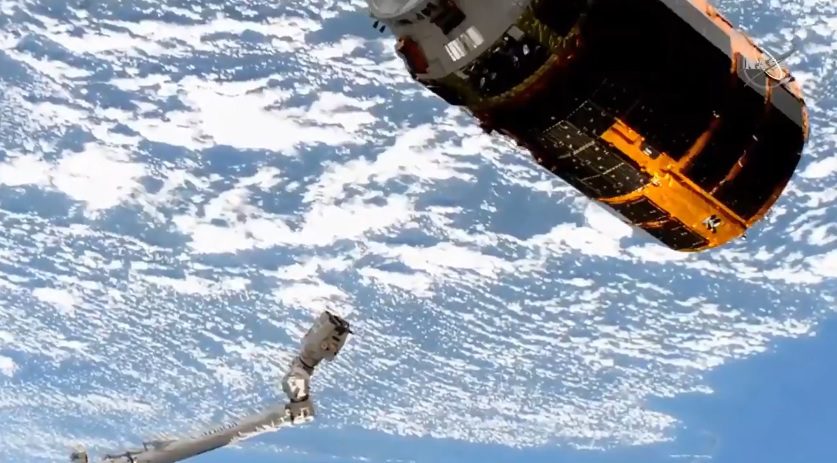This mission delivered 6,200 kg of cargo to the ISS. An important payload was six ISS battery “Orbital Replacement Units”. These are new lithium-ion batteries that can replace the multiple older nickel-hydrogen ones currently used to power the station. This delivery rounds off a series of battery upgrades that have been made possible by previous HTV missions (HTV-6, -7, and -8). Astronauts installed this last batch of upgraded batteries onto the station while HTV-9 was docked.

HTV-9 being released by Canadarm 2. Courtesy of NASA/JAXA.
Following its release by the Canadarm 2 robotic arm, HTV-9 began a two-day free flight before a destructive re-entry into the atmosphere. This re-entry fulfils an important ISS role, as it enables the crew to dispose of various waste products and unneeded equipment. The freighter conducted three burns on 20 August, at 0040 GMT, 0211 GMT and 0640 GMT, to ensure a proper re-entry. This was reportedly achieved at 0707 GMT, marking the end of the HTV-9 mission.
The next flight of a Japanese freighter to the ISS is planned for 2022. This will see the new Mitsubishi Heavy Industries-built (MHI) H-3 rocket launch the next generation HTV-X mission.








